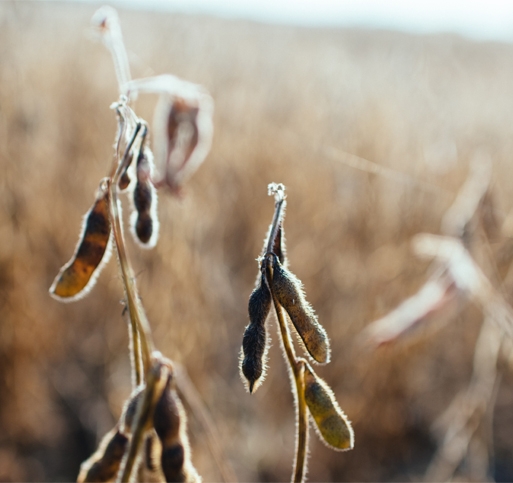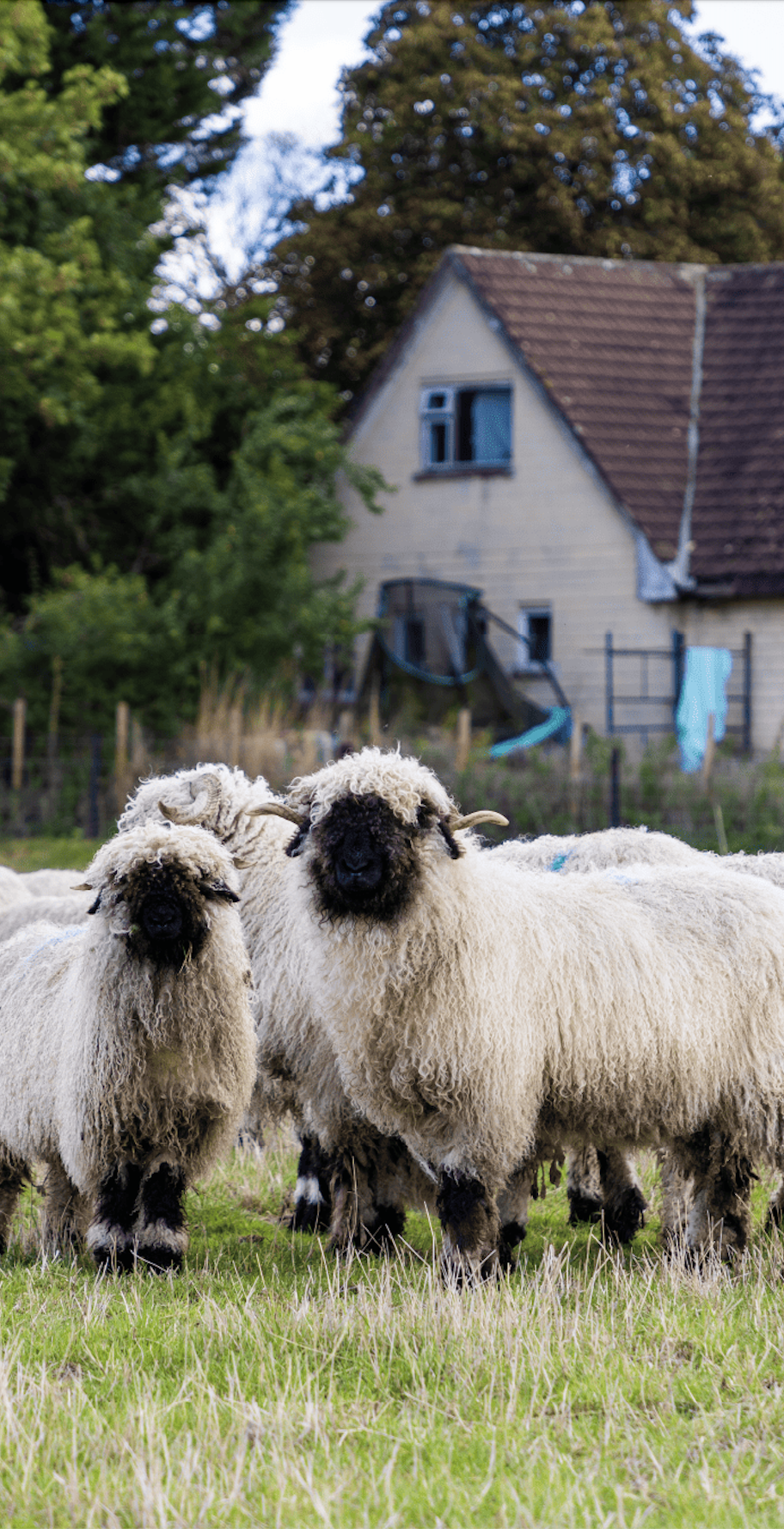We recognise our responsibility in ensuring that our products are made from raw materials that are grown and sourced responsibly. In 2021, M&S became a signatory of the UK Soy Manifesto and committed to sourcing 100% of our soy from verified deforestation and conversion free (vDCF) sources by 2025, with a cutoff date of 31st December 2020.
Our definitions of deforestation, conversion and the cut-off date relating to our target are aligned with the Accountability Framework Initiative (AFi).
Our approach
The UK imports approximately 1% of global soy volumes and our M&S soy footprint is responsible for a very small fraction within that.
This means it is critical that we work together with the rest of the food industry through working groups and initiatives, to address the risk of deforestation and conversion within our supply chains, and align our supplier requirements, where possible.
Each year, we work with a third-party consultancy, 3Keel, to engage with our suppliers and map our total soy footprint. This enables us to encourage traceability across the supply chain and understand where the risks are. Collecting this data ensures we are continuously tracking our progress to our target and promotes transparency across the supply chain.
Once we conduct the supply chain data mapping, we create supplier soy scorecards and engage directly with our suppliers. We discuss their progress, plans and any barriers to sourcing vDCF soy according to our Animal Feed Policy.

Progress towards our targets
| CY2022 | CY2023* | CY2024 | |
| Total volume (tonnes) | 100,300 | 104, 714 | 103,526 |
| Direct volume (tonnes) | 500 | 2,091 | 1,602 |
| Animal feed volume (tonnes) | 99,800 | 102,623 | 101,924 |
| % of footprint verified deforestation and conversion free (aligned with AFi) | 9% | 16% | 17% |
| % of footprint covered by in transition mechanisms to vDCF (aligned with AFi) | 30% | 52% | 68% |
| % of footprint with country of origin disclosed | 50% | 48% | 59% |
| % of footprint with first importer disclosed | 33% | 50% | 61% |
| % of suppliers with DCF commitments and/or policy | 26% | 20% | 69% |
*this data has been more recently revised with updated conversion factors therefore differs slightly from what is stated in our 2025 ESG Report

Our partners
We cannot halt deforestation and conversion alone; we must work collaboratively with the sector to move towards more resilient and responsible soy supply chains.
We are actively engaged with a number of industry and civil society organisations to tackle the causes of deforestation and conversion and increase the volumes of vDCF soy imported into the UK. These groups include the UK Soy Manifesto, Round Table on Responsible Soy (RTRS), the Retail Soy Group, the UK Roundtable on Sustainable Soya, the Consumer Goods Forum, the Statement of Support for the Cerrado Manifesto and Forum for Future.
We have a strong programme of work with our supplier partners focused on their soy sourcing strategies, increasing vDCF volumes, improving animal feed efficiencies and trialling alternative protein sources.
Our Animal Feed Policy
This policy outlines our goal to achieve 100% verified deforestation and conversion free soy across our supply chain as well as the methods we use to assess progress against this commitment and the evidence required to ensure that the soy that is sourced meets our standards. As members of the Retail Soy Group, we work with retailers to set the industry requirements for vDCF soy within the UK and align our asks, where possible, to make our expectations to suppliers clear.
Using alternatives to soy
As part of our soy strategy, we are collaborating with our suppliers and supply chains to trial suitable alternatives to soy within animal feed. In 2024, we worked with British farmers producing M&S milk to replace soy in the animal feed with alternatives such as rapeseed oil and sugar beet.
Since 2020, M&S has partnered with Cool Earth, a charity established to protect tropical forests across South America, Africa, and South East Asia, to raise funds to protect land that is critically endangered.
This created buffer zones that stopped road development and prevented local people from being coerced into giving up their land. We provided significant funding for Cool Earth to develop a unique three-year partnership with fifteen indigenous villages from the Ashaninka tribe in the Ene Valley of Peru. They worked with the villagers before they had to sell their forests, to help them earn more from keeping the forest standing than they would otherwise earn from clearing it. They also addressed critical social issues and had a goal to equip each of their partner villages with a Medical Outpost and trained team of first aiders and midwives.


